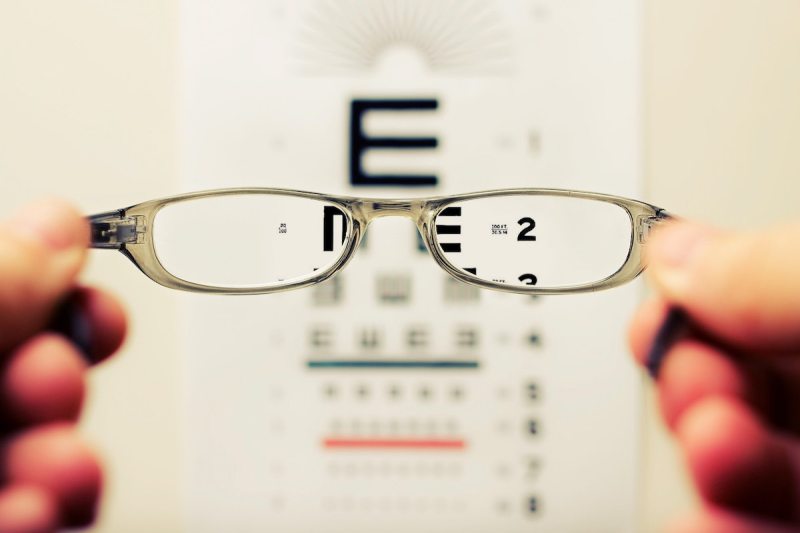The average consumer is usually well aware of the importance of micronutrients like vitamin C for immune support, iron to support oxygenation of your blood and tissues, and calcium for bones. Though it heads off the alphabet, vitamin A is often overlooked from discussions of essential nutrients yet it is still highly important for optimal health. Vitamin A is an umbrella term for a group of fat-soluble compounds called retinoids, including retinol, retinal, and retinyl esters.
Retinoids play key roles in numerous functions in the body and can be consumed in the diet in one of two forms: Preformed vitamin A (retinol and retinyl ester), which is found in animal sources like fish, liver, and dairy sources, and provitamin A carotenoids (namely beta-carotene), which are found in pigments of orange plant-based foods like carrots, sweet potatoes, and pumpkins.
Below, we share the health benefits of vitamin A, or retinoid, and explain the essential roles of these compounds in your body.
Benefits Of Vitamin A (Retinoid)
Vitamin A is involved in a host of physiological processes in the body necessary for the maintenance of human health.
Vitamin A Protects Your Vision and Supports Eye Health

The most notable benefit of vitamin A is its crucial role in supporting eye health and vision. Deficiencies in vitamin A are associated with night blindness, macular degeneration, and other age-related declines in vision. Vitamin A serves as a major component in a pigment called rhodopsin, which is found in the retina of the eye. Night blindness can result in losses of rhodopsin because it is very sensitive to light and supports vision in low-light conditions. Vitamin A acts as an antioxidant, which means that it helps prevent oxidative damage in the body by scavenging for free radicals. As macular degeneration is largely attributed to oxidative damage, sufficient levels of vitamin A serve to protect and prevent oxidative damage to the cornea that can otherwise result in a loss of visual acuity.
Vitamin A Strengthens Bones
Micronutrients like calcium, vitamin D, and magnesium are critical for bone health, but so is vitamin A. Though the mechanisms aren’t yet fully understood, vitamin A deficiencies are linked to increased risks of fractures whereas diets highest in vitamin A have been shown to be associated with the lowest fracture incidence rates. Other good ways to improve bone density are to take on high-impact exercises like running, jumping rope, and plyometrics, as well as resistance training.
Vitamin A Supports Clear Skin

Retinoids are often used in skincare products, especially those that target acne, because these compounds (which fall under the umbrella of vitamin A) have been shown to clean and clear skin, preventing the formation of acne lesions and associated skin inflammation. A deficiency in vitamin A is thought to trigger hyperproliferation of keratin in hair follicles, which can cause blocked pores, oil production, and acne. In addition to considering a topical acne cleanser with retinol or other retinoids, ensuring your diet is rich in beta-carotene and vitamin A can work to keep your complexion clear and bright.
Vitamin A Can Reduce the Risk of Certain Types of Cancer
Studies have routinely demonstrated that consuming foods high in beta-carotene, like sweet potatoes and root veggies like carrots, can reduce the risk of certain cancers. Beta-carotene is converted to the activated form of vitamin A in the body, where it confers antioxidant properties and can prevent the abnormal and uncontrolled dividing of cancerous cells. It can also protect the cellular DNA from oxidative damage, which often precipitates mutations that lead to cancer. Accordingly, diets high in beta-carotene have been associated with reducing the risk of Hodgkin’s lymphoma, cervical, lung, bladder, and prostate cancer.
Vitamin A Boosts Your Immune System

Vitamin C and zinc may be the popular immune system heroes, but vitamin A is a valuable player as well. Vitamin A helps produce and support the function of white blood cells, which travel through the bloodstream and fight pathogenic bacteria and viruses and clean up cellular debris. Furthermore, vitamin A helps maintain the integrity of mucosal barriers — like those in the gut, eyes, lungs, and genitals — which serve to trap infectious agents before they can enter the body, bloodstream, or airways.
Vitamin A Supports Reproduction
In addition to supporting the healthy growth of a fetus, adequate levels of vitamin A are required to maintain normal hormonal balance and reproductive function in both men and women. Studies have shown that vitamin A deficiencies lead to fertility issues in both sexes, inhibiting normal sperm development in men and egg quality and uterine implementation ability in women.



